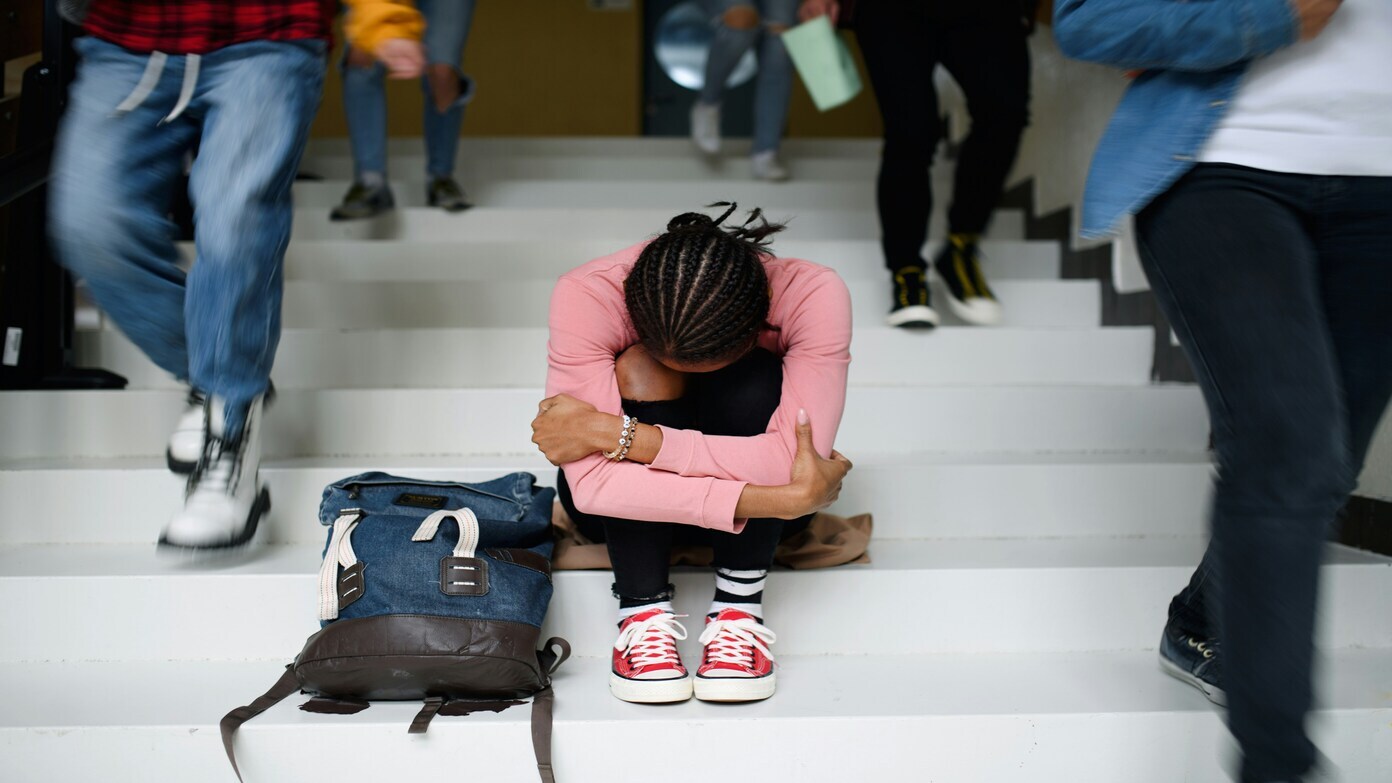Delinquency numbers hit alarming levels
Millions of Americans are on the verge of a student loan catastrophe. Federal data indicate that almost 6.5 million borrowers fall behind on their federal student loans. Delinquency occurs when a borrower is between 30 and 270 days late on payments. Passing the 270-day mark sends a loan into default, with dire consequences like wage garnishment, tax refund withholding, and suspension of federal benefits.
Being behind already has dire implications. Research conducted by the Federal Reserve Bank of New York shows that a single delinquent student loan is enough to lower a borrower’s credit score by 87 to 171 points. The cost to the wallet becomes even worse if the loan goes into default, leading to long-term issues with borrowing, leasing, or even getting a job.
The COVID pause and the “default cliff”
The situation is a consequence, in part, of the pandemic-related payment hiatus on student loans. Borrowers did not need to make payments for nearly four years due to the COVID-19 relief measures that were put in place by the federal government. That payment hiatus ended in September 2024, and the clock started running again.
As a result, many borrowers are falling behind. According to Winston Berkman-Breen, Legal Director at the Student Borrower Protection Center, “We’re looking at sort of a cliff of borrowers who are going to fall into default as soon as this fall.”
The timing is critical. Now that 270 days have passed since payments resumed, borrowers who have not caught up are just beginning to enter default territory. For many of them, the impact can be devastating. Berkman-Breen continued, “For many people, this can be the difference between being able to pay rent and being able to pay for food. If you’re behind on your loan, you’re already suffering some financial constraint. So having these monies stolen from you coercively can be really demoralizing.”
What can borrowers do?
Borrowers can take preventive action despite the crisis. Logging in to studentaid.gov is the first critical step. The website allows borrowers to check for account verification, loan status monitoring, and switching to income-driven repayment plans if needed. Income-driven plans adjust monthly payments based on income, which is a relief to financially stricken borrowers.
Berkman-Breen also suggests that one approach is to contact government offices for assistance. “We would suggest that you complain to your State Attorney General if you’re experiencing a problem with your student loan. And all members of Congress have constituent service offices, and you can open a case with your member or senator and staff. We found that to be very effective.”
Why bankruptcy is not a simple solution
Unlike a lot of consumer debt, student loans don’t just disappear in bankruptcy. Students must seek out a special court application to have student loans canceled—a process that is extremely difficult to succeed at. Berkman-Breen emphasized, “For most people, it’s an impossibly high standard to meet.”
This renders active management of loans and timely communication with the lenders as vital. Inaction can produce wage garnishment, the forfeiture of federal benefits, and a long-term negative effect on financial well-being.
The urgent need for awareness
As student loan payments resume and millions of borrowers go into arrears, pressure creates attention and action. Borrowers must be made aware of their rights, notified of payment options, and look to federal agencies, state offices, or elected representatives.
If nothing is done, the next few months may see a wave of defaults, loading already hard-pressed households with additional pressure. The combination of the post-COVID payment restart and the acceleration of delinquencies is creating a perfect storm, putting millions at risk of serious financial consequences.
For consumers, it all comes down to this: do it now, explore repayment options, and act in time.
Read this later:
From Mini-Shampoos to Room Guides: The Hotel Room Amenities That Are Disappearing
What is Nebius? Shares soar 51% on Microsoft AI deal
New Yorkers: STAR Program Checks Are Hitting Mailboxes Now — Get Up to $1,500 in School Tax Relief
Warning for New Yorkers: Scam artists using fake QR codes on parking meters to steal your money
Warning for dog owners: not declaring your pet can lead to insurance being cancelled
Buy now, profit later? Klarna IPO puts investors to the test

